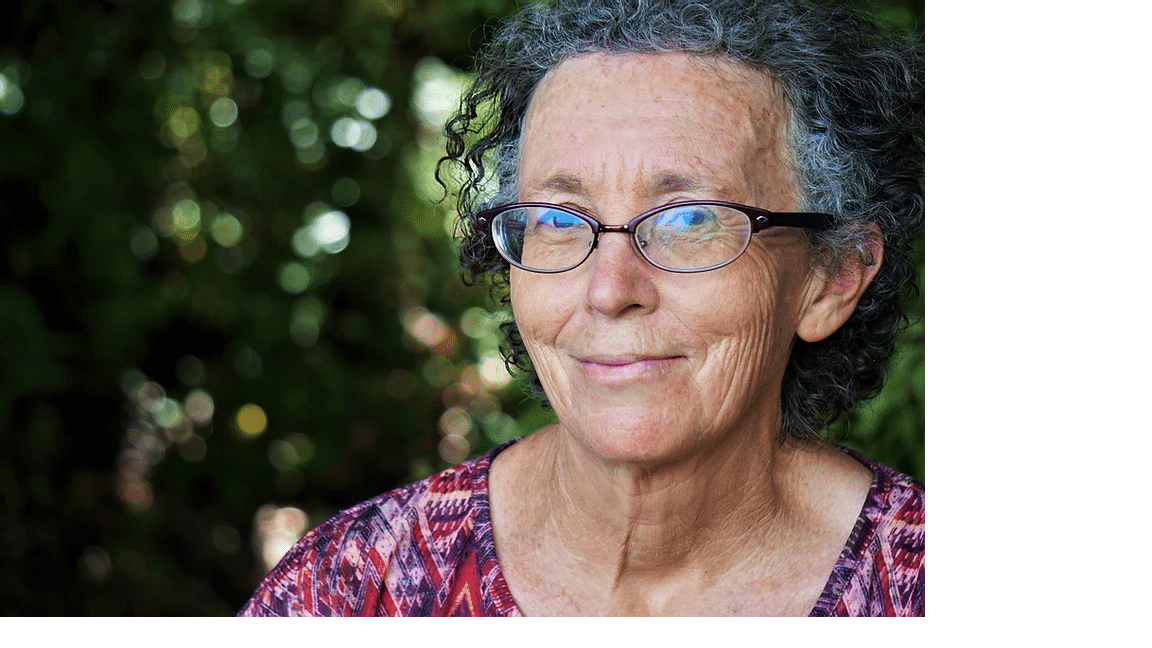Are women more at risk of eye disease than men?
When it comes to eye disease, women are at a greater risk than men, but they may not know it. From pregnancy to menopause, hormone levels in a woman’s body can have an impact on eye health and cause changes in vision.
Taking a proactive approach to our eye health is recommended at any age, but if you are a woman of menopausal age, here are a few conditions and their symptoms to be aware of.

Menopause and eye health
Women may experience various changes to their body during menopause. Whilst some symptoms such as hot flushes are commonly expected, the impact of the menopause on a woman’s eyes may not be as well known.
Dry eyes
Dry eyes are a common symptom of the menopause. Many women may find that they experience dry eyes, which can be linked to the decrease in oestrogen and androgen hormones.
Symptoms of dry eye syndrome include:
- blurred vision
- sensitivity to light
- excessive tearing
- grittiness or sandy feeling
- swollen or red eyelids.
This uncomfortable condition can be managed by various over-the-counter treatments and prescribed medication. A regular eye examination can detect conditions such as dry eye syndrome and your optometrist can recommend appropriate treatment to relieve symptoms.
Eyesight changes during menopause
Changes in prescription can also be due to the menopause. You may experience blurred vision or have trouble focusing on certain objects.
The shape of the eye is also known to alter due to the fluctuation in hormones, which means that contact lenses become more uncomfortable.
Glaucoma and the contraceptive pill
The contraceptive pill has been linked to the risk of developing glaucoma. A National Health and Nutrition Examination Survey undertaken in the USA found that women who took oral contraceptives for more than three years were twice as likely to develop glaucoma.
During the menopause, a woman’s eye pressure may also rise, which is a cause of glaucoma.
Glaucoma is a degenerative disease where pressure builds up inside the eye and can lead to vision loss and blindness.
Glaucoma is symptomless in its early stages, but women can protect themselves from this condition by having a regular eye examination to test for glaucoma.
Age related eye disease
Women’s life expectancy is longer than men’s and with age comes a multitude of eye issues.
Many eye diseases are age related and tend to begin around the age of 40. They can develop gradually, so they may not even be noticeable at first.
Studies show two thirds of global blindness and visual impairments occur in women and they are much more likely to develop age related macular degeneration, glaucoma and cataracts.
Age related macular degeneration (AMD)
Age related macular degeneration is the leading cause of vision loss in people over 60.
AMD occurs when the delicate layer at the back of the eye, known as the retina, starts to deteriorate. This affects the central vision and makes it difficult to focus on things directly ahead.
There is no cure for AMD, but regular eye examinations are important to monitor the health of the eye and offer early detection.
Cataracts
There is a higher prevalence for cataracts in postmenopausal women than men of the same age. A cataract is when the lens of the eye clouds over, causing visual problems.
Cataracts develop slowly, and symptoms may include:
- Cloudy vision
- Difficulty seeing at night
- Glare sensitivity
- Double vision
- Loss of colour intensity.
How women can take care of their vision
Making our eyes a priority is important at any age, but as a woman gets older it becomes even more essential to have a regular eye examination.
Obesity, smoking and a poor diet can have implications on our health and cause an even greater risk for vision loss.
Making positive lifestyle changes such as reducing our alcohol and caffeine intake and eating a diet with plenty of vitamins A, C and E will help to keep our eyes healthy.
Remember that UV light can also damage our eyes, so protect them by wearing sunglasses and a wide brimmed hat outdoors.
Related articles





